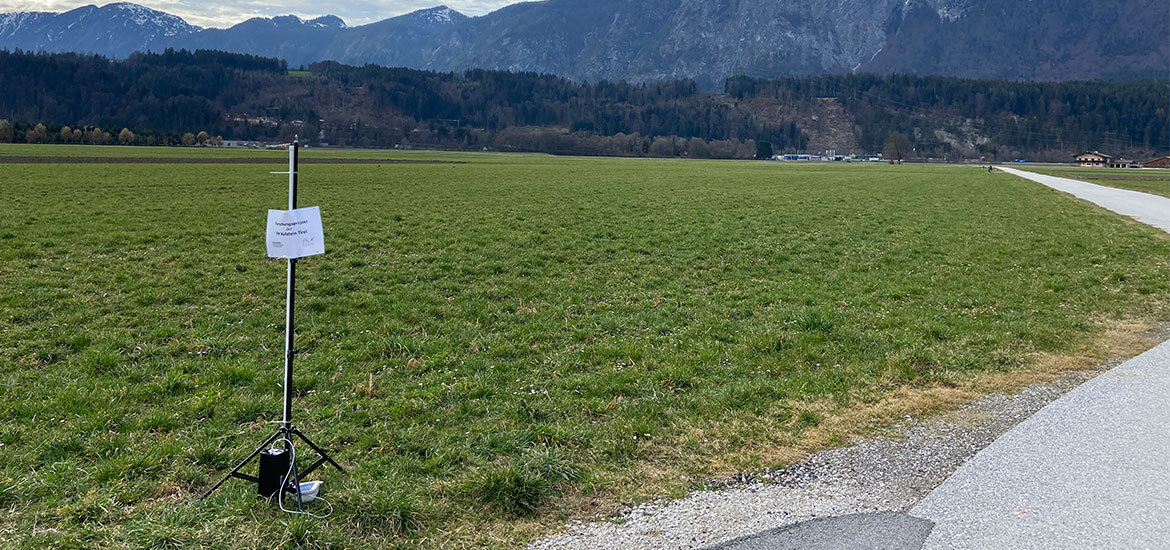Positioning in the LoRa network
- 08.05.2023
- Research

Gateway for recording position data via LoRaWAN.
Students at the University of Applied Sciences Kufstein Tirol worked with Innsbruck-based company emergo technologies to develop an experimental setup for collecting data on positioning in a wireless radio network.
In Internet of Things (IoT) applications, it is often necessary to determine the current position of an IoT node (e.g. a particulate matter sensor). A satellite-based navigation system such as GPS is used as standard for this purpose. This allows the location to be determined very accurately on an ongoing basis. However, the high energy consumption is a disadvantage. Since IoT nodes are often operated autonomously, the additional energy expenditure can have a negative impact on the system's runtime. The runtime of the system drops rapidly when the position is determined permanently, massively restricting long-term operation.
ENERGY-EFFICIENT DATA TRANSMISSION TECHNOLOGY
Other positioning methods counteract this dilemma. One of these methods uses the signal strength of the IoT node. The IoT node is connected to several stations – so-called gateways. Each gateway records not only the measured value but also the signal strength of the IoT node. Since the signal strengths are, among other things, related to the distance, the position of the IoT object can be inferred.
LoRaWAN (Long Range Wide Area Network) is an energy-efficient data transmission technology for the Internet of Things. This technology can be used to transmit data over very long distances with a very low energy input. At the same time, the position can also be determined by recording the signal strengths. The disadvantage of LoRaWAN is its limited data volume.
POSITION DETERMINATION ALGORITHM
Together with the company emergo technologies, students from the Data Science & Intelligent Analytics degree program developed an algorithm for determining positions in the LoRaWAN network. To train the algorithm according to the specifications, the project group generated corresponding training data. These link the current position (GPS) with the corresponding signal strengths of the individual gateways. The gateways developed specifically for this purpose are energy self-sufficient and can therefore be placed anywhere. The associated IoT node is equipped with a GPS receiver. As part of the research project, the hardware transmitted the current position, including the position accuracy, to the gateways. There, the team members stored the position and the signal strength in a database. This means that training data can now be automatically recorded flexibly in any environment, whether urban or rural.
The interaction between smart products and data science forms the basis for successful IoT projects and opens up new possibilities in a digital world. A tightly interlocking network of individual disciplines is creating new applications and methods.
